New York gets a second chance: Chillida in Manhattan
488 Madison Avenue hosts until December 19 eight works of the great Basque artist under the name of 'Rhythm-Time-Silence'.
It was time that the work of Eduardo Chillida (1924-2002) returned to New York. Chillida is one of the most important artists of the twentieth century, whose prolific career has left more than 1,400 artworks. He is considered one of the leading figures of European post-war sculpture and is one of Spain’s most internationally successful artists. Although during his 54-year career he had many solo and group exhibitions, he did not have the same presence in the US, perhaps because he lacked representation that would promote more his work here or because simply Eduardo Chillida was an artist who was more into creating than exhibiting.
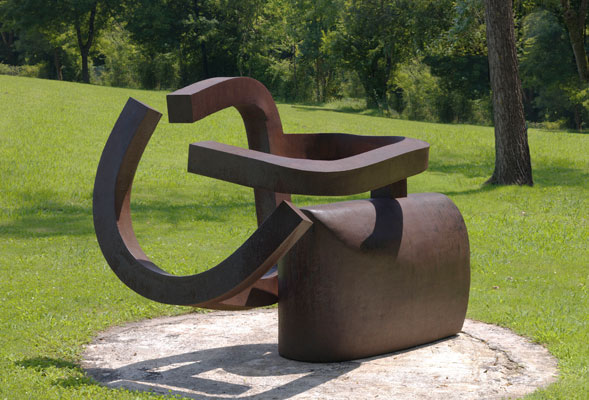
It is now, after almost three decades, that his work comes to NY thanks to Ordovas Gallery owner, Pilar Ordovás. She has the resolute intention of presenting Eduardo Chillida’s work to a new generation of collectors and internationalize, more if possible, the work of the sculptor. Pilar Ordovás, Spanish by birth and settled in London, founded her own gallery in 2011 after fifteen years of experience in the art world, thirteen of them in the auction house Christie’s, where she held the position of Head of Post War and Contemporary art in Europe, and two years at the Gagosian Gallery in London.
Her objective is to offer a museum-quality historic program of the twentieth century. She understands the need to bring more international visibility to Spanish contemporary art this is one of the reasons why she is working with the Chillida family to exhibit his work. She curated a couple of exhibitions (2013 and 2014) at her gallery in London with work of the sculptor and now its New York’s turn.
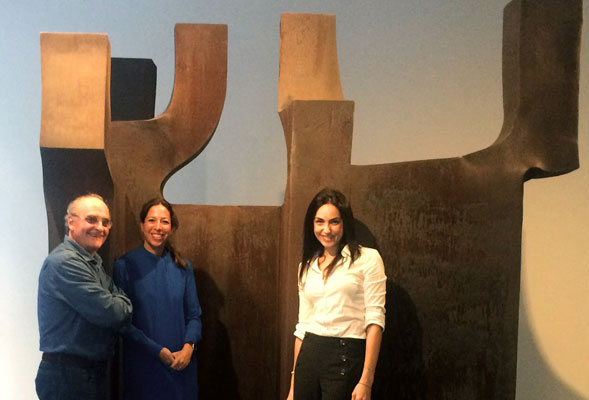
The Wall Street Journal published an article on October 26 entitled «Spanish Sculptor Eduardo Chillida gets a second chance». I should say it is the American market which receives the second chance to meet the great international figure of Spanish sculpture, Eduardo Chillida.
In this spirit, NY Ordovás brings eight significant sculptures of Chillida that were very carefully selected by her and Ignacio Chillida, son of the sculptor. They can be seen until 19 December at 488 Madison Avenue in New York. Prior to the opening of the exhibition, I had the honor of meeting and interviewing Ignacio Chillida, one of eight children of the artist, head of exhibitions at Chillida-Leku Museum.
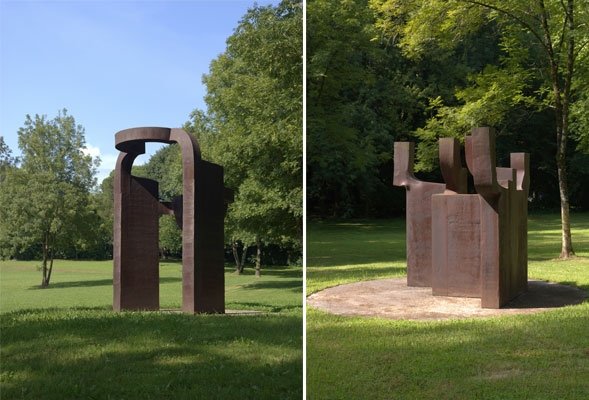
The Luxonomist: Since 1989, Chillida has not had a solo exhibition in NY: it was about time to come back?
Ignacio Chillida: We started working with Pilar at her gallery in London in 2012 and coming to NY was the logical next step. For several years, my father was represented by a gallery in La Jolla, California, the Tasende Gallery. They did a wonderful job, but getting exhibitions in museums is different. The last solo museum exhibition in New York was at the Guggenheim Museum in 1980 and then another at the Sidney Janis Gallery in 1989. On the other hand, I think most European artists are well known in the States because they have lived here and they know the way the American institutions operate, which I think is very different from how the European institutions work.
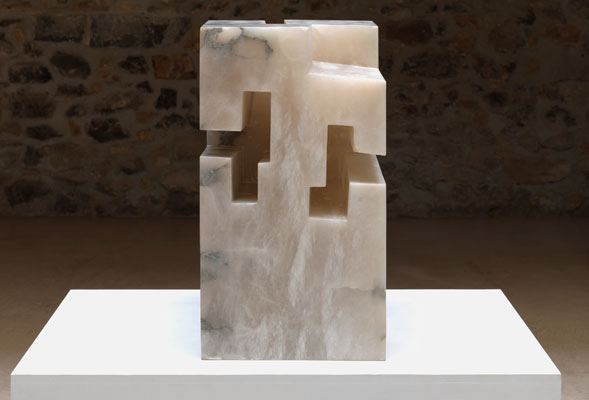
TL: What criteria have you followed to select the sculptures that are being displayed?
ICH: Coming to NY requires to come with major works, not four small items. The occasion has required to bring some monumental sculptures and representative artworks by my father. Of the eight selected, one is a granite sculpture, «The depth in the air, XVIII,» another made in alabaster «Heterodox Architecture IV» and the rest made in corten steel, among those are «Wind Comb XIX» and «Advise to Space VIII» that weighs more than 21 tons.
TL: Has it been difficult to find a suitable space to exhibit these sculptures so large and heavy?
ICH: It has been very difficult to find the right place. Our first intention was to search the area of the new Whitney Museum, but we found this loft, industrial look like space that is more appropriate to the needs of the artwork and yet is in the heart of Midtown.
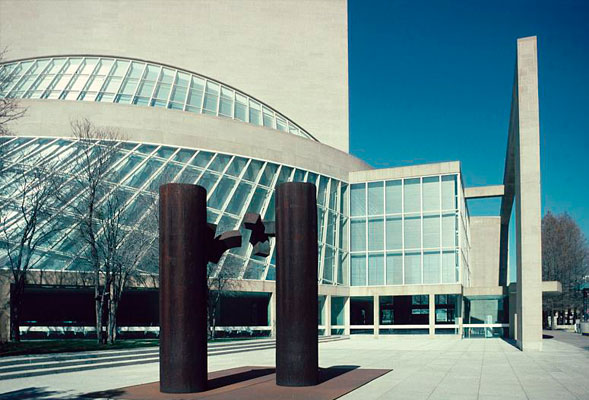
TL: Your father did not like to make editions but multiply the multitude of holders; for that reason he devoted much of his time creating sculptures for public spaces, leaving a total of 50 public works.
ICH: You are right! He also said, «the artwork dies for the artist once it is done but then it is when it begins to live for the audience» being so he devoted himself, body and soul to create monumental sculptures for public spaces. There are a total of 50 sculptures spread around the world: 29 of them in Spain, 11 in Germany, 3 in the US, 2 in France and then in Iran, Finland, Switzerland, Japan and Sweden.
Here in the US there was a very important project for the city of Nashville. He presented two or three proposals but none of them moved forward. But then he accomplished three other projects for Dallas, the Morton Symphony Center, in Washington at the Central Bank and in Houston, where he made a monumental work in 1966 for the Museum of Fine Arts. This was one of his first public works. This sculpture can be seen in the movie «Boyhood», where the characters scamper around the sculpture.

TL: At any time have you considered displaying these sculptures in a public space instead?
ICH: The truth is I did not. My father was very meticulous when choosing where to install his artwork, it should be a place with special meaning for him. He could take days to find the right place to install his sculptures. I personally think, at least, it is dangerous to display on the street.
TL: Why are there only six pieces for sale?
ICH: Basically we are interested in cherry picking institutions and collectors for some pieces and others we want to keep.
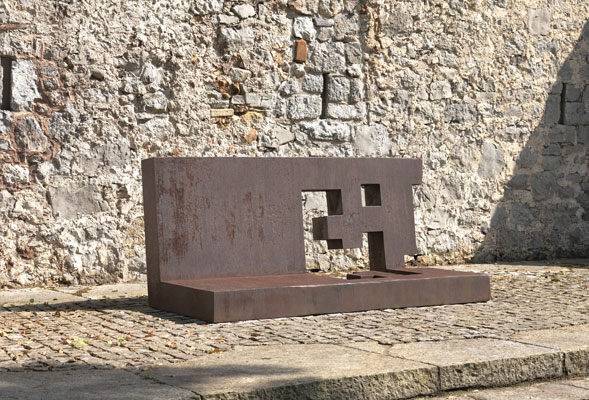
TL: Do you intend to auction some of Chillida’s sculptures?
ICH: No. We’ve only worked with an auction house in Florida in 2011. Large sculptures were exhibited but not with the intention to auction them, it was just and exhibition curated by a main auction house. It is not our market to sell through auction houses and if something goes on sale is through collectors.
TL: You are involved in documenting your father’s artwork. Tell us how about it goes this project.
ICH: I’ve been working on it for more than four years. We are documenting and cataloging not only sculptures but also his graphic work. Last year we have published a first catalog, the second will come in a couple of months to make a total of five catalogs. We have cataloged more than 1,400 works, all unique because as you know he just made one of each, he disliked to produce copies. We are also working on the online version of the catalog and improving the website of the Chillida-Leku Museum.
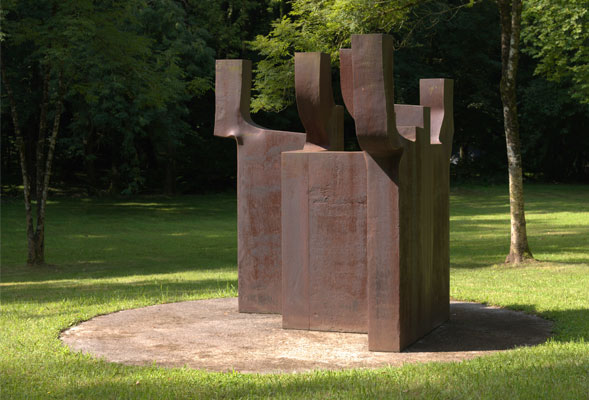
TL: One of the most important aspects of your father’s practice is his constant experimentation and finding solutions when creating. I heard him saying in an interview «I work to learn, I want to solve the problems that arise and learn from it, that’s what motivates me in my work and in my life. I do not look back. Each piece is unique and that is my challenge»
ICH: He had no days off: even when we were on vacations in Menorca and when we went to a mill that we owned in Burgos. In both places he had his studio and he was always working. In the places where we were visiting he found inspiration. In Menorca, where we have been spending our summer vacations for many years, many of the sculptures during this time were created with the inspiration he found by looking at the megalithic monuments in the area. He never was with us in the beach; instead he was visiting all these monuments.
I can tell you about our family trips where he always found something of interest, objects that attracted his attention, and eventually he bought and ended up being projects of sculptures or final sculptures. For example, he created a series made after an RV trip to Brittany. We did stop at a yarrd sale and he ended buying a sort of hatchet, those with large and rectangular blade used to cut meat. None of us could understand what he saw on that object but arriving in San Sebastian he told us, «I know what I’ll do with this» and when we got home he began to play with the blade cutting, bending and then it came out a little sculpture which he named after the village where he found it and afterwards he created a series of more than 20 sculptures, some of which were very large.
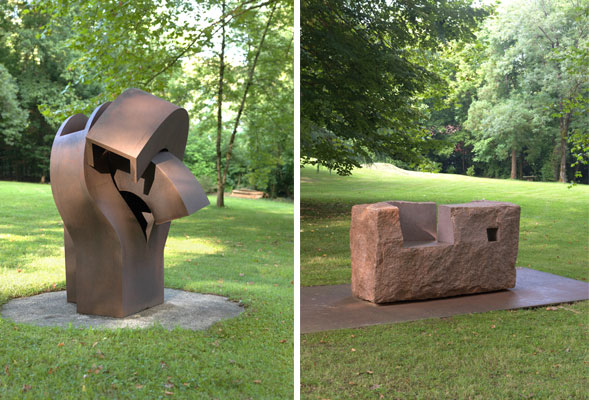
TL: What projects do you have in mind for 2016 on the occasion of the European Cultural Capital in San Sebastian?
ICH: Poland contacted us because they wanted to celebrate the Cultural Capital with the work of my father. It is a very special occasion and we found it is a wonderful project to present the work of Eduardo Chillida, so we will exhibit several sculptures at the Polish city of Wroclaw, which together with San Sebastian, welcome the European Cultural Capital. There is also a program of events that we will hold at the Chillida-Leku Museum.
TL: Speaking of Chillida-Leku, the museum is closed since 2010 and during all these years the family has been negotiating with the goverment of Guipuzcoa to reach an agreement and open the museum to the public again.
ICH: The museum is open to anyone who wants to visit it. Although in 2010 it was officially closed, yet every year we have about 4000 visitors, lots of them coming from different parts of the world, and the Museum will organize events regarding the European Cultural Capital in San Sebastian. One only needs to call the Museum two days prior the visit.
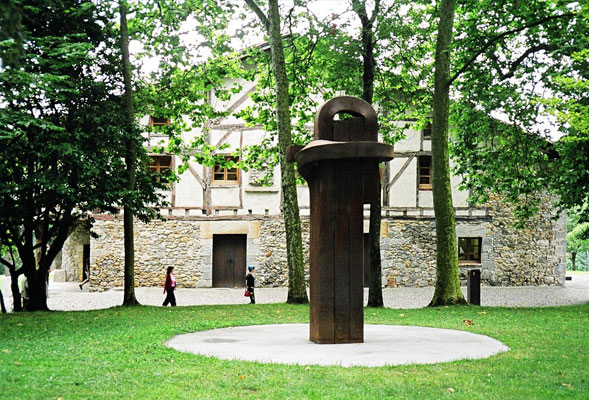
Eduardo Chillida himself founded the Chillida-Leku Museum with great enthusiasm and hard work. It is a traditional building remodeled by the Basque sculptor and surrounded by a large garden space that houses the artist’s work. After he lived in France, he returned to his homeland in the Basque Country to settle there. He loved his land, he was a great preserver of their roots and traditions. A Bach lover, he said his music was like the sea that seemed always the same but always different.
Chillida was also a sculptor of words and left us full of thoughtful musings. Throughout his words here several on the sculptures that can be seen in the exhibition «Rhythm-Time-Silence» which will be open until December 19 at 488 Madison Avenue.
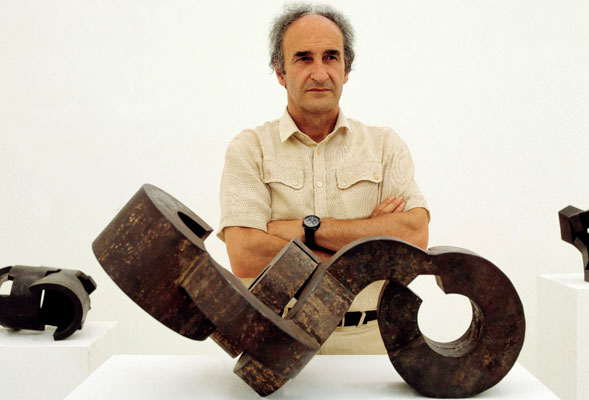
«I am like a tree, with roots are in one country and branches open to the world»
«The artist knows what he does, but it is worthy to go beyond and try what we don’t know»
«We must find ways that have not been trodden before»
«The artist has to face the unknown with a positive mood and sink our teeth without fear».
(Photos: Chillida Leku. / Featured Image: Consejo al espacio IX.)
